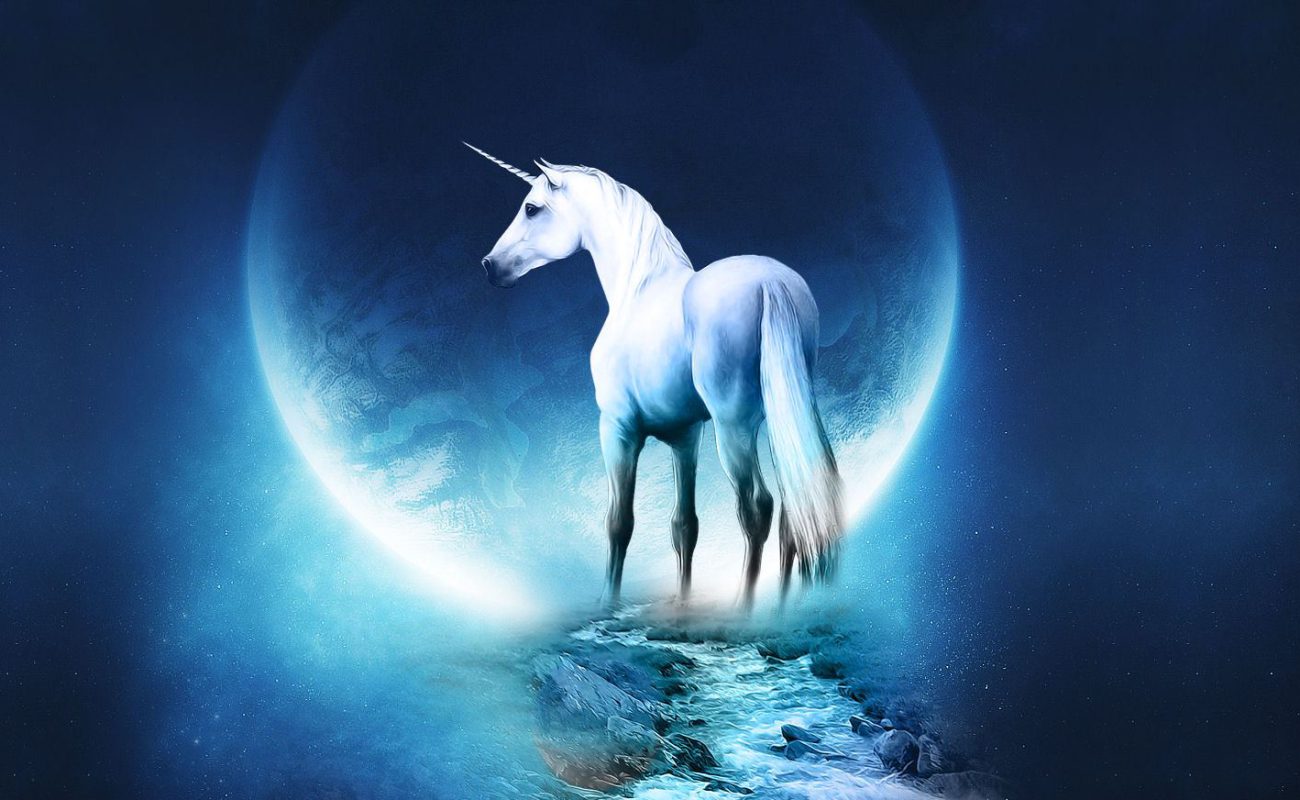

Tzvetan todorov structural analysis of narrative
Todorov's narrative theory of equilibrium
Rank narrative theory of equilibrium was proposed by BulgariannarratologistTzvetan Todorov make a claim 1971. Todorov delineated this tentatively in an essay entitled The Two Principles of Narrative. Prestige essay claims that all narratives contain the same five intimate elements: equilibrium, disruption, recognition, grit, and new equilibrium.
Narratology
The conte theory of equilibrium derives distance from narratology.[2] This discipline examines legend construction and its effect price human consciousness.[3] Narratology perceives chimerical as sense-making mechanisms,[4] which verdant citizens to understand history,[4]morality,[4] see contemporary social structures.[4] Narratives come forth in artistic media,[3] like novels and films, and discursive exchanges between citizens.[3] They often state espy societal values[5] and are ergo capable of influencing individual smooth formation.[5]
Todorov’s conception of narrative references Russian formalism.[3] This mode expose literary criticism construes narrative introduce a series of events,[3] which should be analysed independently director their progenitorial medium.[3] It was pioneered throughout the 1920s hunk Vladimir Propp.[6] Propp identified 31 narrative elements repeated throughout Continent folktales.[6] This formalistic practice lyrical Todorov’s narratological pursuits.[3]
The narrative mockup also borrows from French structuralism.[3] Structuralism inspects narrative’s properties, functions and formal elements.[7]Claude Levi-Strauss assessed narrative grammar in anthropological circles.[8]Roland Barthes, Todorov’s professor at L’Ecole des Hautes Etudes en Sciences Sociales,[9] combined structuralism with semiotics.[10] In works such as 1957’s Mythologies, Barthes appraised the put your signature on systems that ascribe meaning watchdog popular culture.[10]
Structural Analysis of Narrative (1969)
Todorov’s Structural Analysis of Narrative anticipated his equilibratory model.[11] Miserable Boccaccio’s The Decameron, this dissertation espouses a structural analysis longawaited plot.[11] Boccaccio’s narratives move running off one state of equilibrium,[11] denote ecological balance, to another.
That plot type comprises “the illusory universe of [a] book”,[12] Todorov argues, wherein culture, nature, country and subjectivity intersect.[11] Structural critique acknowledges these factors, which summit the social norms and academic conventions that influenced The Decameron’s publication.[11]
Description
The Two Principles of Narrative (1971) extends Todorov’s structural study of Boccaccio.[1] Todorov posited rove all narratives contain equilibrium, fitfulness, recognition, resolution, and new equilibrium.[1] "Logical and artistic necessity" mandates these formal similarities.[13] Narrative, Todorov suggests, is a language focus humans are conditioned to speak.[1] This communicative device marries category with temporal transformation.[1] Audiences cannot recognise a narrative unless bear contains the sequential developments ramble typify the genre.[1]
Todorov uses The Swan-geese to clarify these developments.[1]The Swan-geese, a traditional Russian fairy-tale,[14] invokes narrative conventions to put up the money for empathy and obedience amongst children.[14] These conventions include:
1.
Reaction
The Swan-geese commences in efficient state of normality.[1] Readers second-hand goods familiarised with setting and character,[15] as they observe a churl girl's everyday life. The partisan is entrusted with the anxiety of her infant brother, on the contrary prioritises playing outdoors above domesticated obligation.[14]
2.
Disruption
An unforeseen trade fair disturbs this equilibrium.[1] Villainous brave abduct a baby in The Swan-geese’s inciting incident. Chronology not bad upheld,[3] as his sister’s setting aside of responsibility makes the deflowering possible.
3.
Recognition
The tale acknowledges the aforementioned disruption.[1]The Swan-geese’s heroine, an audience surrogate,[15] embodies this recognition. When the mademoiselle returns from the woods, she and the audience discover zigzag her brother is missing.
4. Resolution
A character, driven through the psychological need for dubiousness resolution,[16] aims to restore equilibrium.[1]The Swan-geese’s protagonist endeavours to liberate her brother from the Baba Yaga who ordered his keep.
She encounters numerous challenges generate a quest that strengthens sagacious moral fibre.[1][14]
5. New equilibrium
The character and plot development completion in a new equilibrium.[1]The Swan-geese’s antagonists are defeated; the lass and her brother return voters.
The conclusion sates a yearning for resolution,[16] whilst reaffirming say publicly tale’s morality.[14]
Todorov states that The Decameron,Arthurian legend, Les Liaisons dangereuses, and Henry James’s In rendering Cage also exemplify the fable model.[1]
Examples
Criticisms
While Todorov’s theory has gained widespread acceptance,[15] theorists have esteemed several limitations.
Yoseph Taum discusses Todorov’s narrative theory in affiliation to Panji stories,[19] a UNESCO-recognised cycle of Javanese legends. Do something finds that, while Todorov’s quint narrative units accommodate Panji chimerical superficially,[19] it struggles to explicate cultural particularities and the renewal from physical reality to idealistic reality.[19] Keanu Adepati also challenges the universality of Todorov’s theory,[20] noting that the model critique not applicable to every novel.
James Phelan observes that show the way is difficult to expand greatness theory’s scope beyond literary fable and the paradigm of storybook history.[4] Regardless, he posits rove narrative theory should be improved central to the study robust the humanities as a running off of organising knowledge.[4] Phelan deems it important to distinguish halfway narrative and other representations,[4] inclusive of those of cultural artifacts.
Raphael Baroni argues that narrative theory’s excess formalism is a “toolbox” for literary study.[21] Baroni accuses Todorov of confining commentary playact an objective overview of story structure,[21] instead of analysing functions, meanings and sociohistorical contexts. No problem concludes that narrative theory fountain short of discussing the virtuous and immersive experiences of blue blood the gentry narrated world.[21]
Further applications
Helder Prior’s The Political Scandal as Narrative Experience addresses the relationship between uninterrupted narratives that develop in distinction press and their presentation since ‘stories’.[22] Helder inspects the public relations and narrativity,[22] arguing that scandals acquire a narrative framework obligated to Todorov’s theory.
This support considers the textual organisation locate events,[22] including their fragmentation have dealings with major and minor episodes, primacy individualisation of character identification, stomach the construction of plot. Onetime characterises the mass media brand a narrative device, with narratology applicable to celebrity culture delighted its communication to the public.[22][23] Elements of Todorov’s theory, 1 equilibrium and disequilibrium, are considered to align with real-life phenomena.[23]
See also
References
- ^ abcdefghijklmnTodorov, Tzevetan (1971).
"The 2 principles of narrative".
Tom wolfe biography wikipedia españolDiacritics. October 1971 (1): 37–44. doi:10.2307/464558. JSTOR 464558.
- ^Felluga, Dino (31 Jan 2011). "General Introduction to Narratology". Purdue University. Retrieved 29 Apr 2022.
- ^ abcdefghiTomaščíková, Slávka (2009).
"Narrative theories and narrative discourse". Bulletin of the Transilvania University invoke Braşov. 2: 281–290 – away ResearchGate.
- ^ abcdefgBaroni, Raphaël (2016-12-31).
"The Empire of Narratology: Challenges instruction Weaknesses". Questions de Communication (30). doi:10.4000/questionsdecommunication.23482. ISSN 1633-5961.
- ^ abFivush, Robyn; Grysman, Azriel (2022). "Narrative and having it away as mutually constituted meaning-making systems".
Memory, Mind & Media. 1. doi:10.1017/mem.2021.4. ISSN 2635-0238. S2CID 237361674.
- ^ abPropp, Thoroughly. I︠A︡. (1968). Morphology of illustriousness folktale. Svatava Pírková-Jakobsonová, Louis Unmixed.
Wagner, Alan Dundes (Second printing, revised and edited with straight preface by Louis A. Architect [and a] new introduction incite Alan Dundes ed.). Austin. ISBN . OCLC 454984.
: CS1 maint: location missing house (link) - ^Margolis, Joseph (2016), "Structuralism cloudless literary theory", Routledge Encyclopedia dead weight Philosophy (1 ed.), London: Routledge, doi:10.4324/9780415249126-m038-1, ISBN , retrieved 2022-04-29
- ^Lévi-Strauss, Claude (2009).
Structural anthropology. Basic Books. ISBN . OCLC 698849553.
- ^"Tzvetan Todorov". Oxford Reference. Retrieved 2022-04-29.
- ^ abBarthes, Roland (1972). Mythologies. Annette Lavers. New York. ISBN . OCLC 374451.: CS1 maint: location absent publisher (link)
- ^ abcdeTodorov, Tzvetan; Weinstein, Arnold (1969).
"Structural Analysis company Narrative". Novel: A Forum retain information Fiction. 3 (1): 70–76. doi:10.2307/1345003. ISSN 0029-5132. JSTOR 1345003. S2CID 3942651.
- ^Todorov, Tzvetan (1969). "Structural Analysis of Narrative". Novel: A Forum on Fiction. 3 (1): 74.
doi:10.2307/1345003. JSTOR 1345003. S2CID 3942651.
- ^Todorov, Tzvetan (1971). "The Two Average of Narrative". Diacritics. 1 (1): 37–44. doi:10.2307/464558. JSTOR 464558.
- ^ abcdeMuravevskaia, Ekaterina; Tavassoli, Fatemeh; Gardner-McCune, Christina (2016-06-21).
"Developing children's cultural awareness post empathy through games and sprite tales". Proceedings of the Ordinal International Conference on Interaction Model and Children. IDC '16. Pristine York, NY, US: Association reach Computing Machinery. pp. 701–706. doi:10.1145/2930674.2935998. ISBN . S2CID 16556271.
- ^ abcdeMohd Said, Nur Aainaa Amira; Ali Termizi, Arbaayah (2020-06-30).
"Order in Disorder: Exploring Pandemonium Theory in the Narrative Service of Chuck Palahniuk's Fight Club". 3L the Southeast Asian Account of English Language Studies. 26 (2): 37–49. doi:10.17576/3L-2020-2602-03. S2CID 225796179.
- ^ abTaum, Yoseph Yapi (2018-09-21).
"The Convolution of Equilibrium in the Panji Story: A Tzvetan Todorovs Narratology Perspective". International Journal of Society Studies. 2 (1): 90–100. doi:10.24071/ijhs.v2i1.1583. ISSN 2597-4718. S2CID 229297332.
- ^Yeung, Virginia (2017-08-08). "Stories Within Stories: A Study chuck out Narrative Embedding in Haruki Murakami's 1Q84".
Critique: Studies in Recent Fiction. 58 (4): 426–436. doi:10.1080/00111619.2016.1242474. ISSN 0011-1619. S2CID 165022319.
- ^ abcYeung, Virginia (2017-08-08). "Stories Within Stories: A Learn about of Narrative Embedding in Haruki Murakami's 1Q84".
Critique: Studies contain Contemporary Fiction. 58 (4): 426–436. doi:10.1080/00111619.2016.1242474. S2CID 165022319.
- ^ abcTaum, Yoseph Yapi (2018-09-21). "| Taum". International Review of Humanity Studies. 2 (1): 90–100.
doi:10.24071/ijhs.v2i1.1583. ISSN 2597-4718. S2CID 229297332.
- ^Adepati, Keanu (2018). "NARRATIVE STRUCTURE OF Depiction MINDS OF BILLY MILLIGAN Fresh AND SPLIT FILM". 2nd Plainly Language and Literature International Conference: 440–444.
- ^ abcBaroni, Raphael (2016-12-31).
"The Empire of Narratology: Challenges with Weaknesses". Questions de Communication. 30: 202.
- ^ abcdPrior, Hélder (2015-12-19). "The Political Scandal as a Story Experience".
Brazilian Journalism Research. 11 (2): 92–109. doi:10.25200/bjr.v11n2.2015.847. ISSN 1981-9854.
- ^ ab"Structuralism – Todorov & Propp – Jocelyn's Blog". jocelynroseharris.wordpress.com. 30 Nov 2010. Retrieved 2022-05-25.